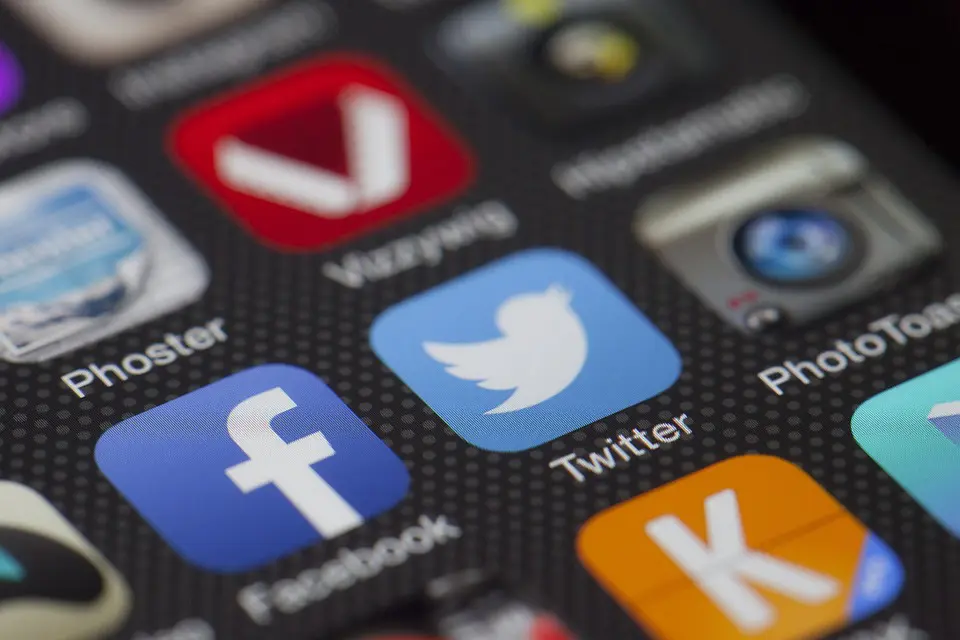Business owners and website masters know just how big of a game changer the internet is when it comes to marketing their brand or product. In recent years, brand promotion techniques have shifted so much that traditional methods have been significantly modified to remain relevant in the modern digital age of the internet.

One of these modifications has resulted in infographics, which are defined as walls of text with images and visuals that help support the information. Incorporating these presentations into your digital marketing strategy has become one of the most popular tactics available. Of course, the idea of infographics isn’t necessarily a new concept (there are documented cases that go back a few hundred years), but it rose in popularity when the internet became commonplace. The internet made it easier for people to view, read, and share information, which, in turn, increased the demand for attractive infographics. Now, with the rise of social media, the ability to share infographics has grown exponentially, making them an even more valuable asset in the marketing toolkit.
The Power of Information Sharing
So we’ve established that infographics can make lengthy or confusing information digestible and that they’re easier than ever to share. This, of course, allows companies to expand their reach and get customers more engaged.
Infographics also win the day because they captivate even limited attention spans. With the information overload brought on by the digital age, people are less willing to stick around and weed through text. Thus, the kinds of things that people like and, by extension, want to share are those that are very enticing. If you look at what people share most on social media, you will almost always see a visual component such as you find with GIFs and infographics.
Social Media Engagement is Key
It isn’t just enough to produce quality infographics. You need a dedicated team to maintain your social media pages to ensure that people see and read your infographics. Since you are competing for the attention of your consumers, even the most exceptional posts won’t get seen, survive, or go viral without significant effort on your part. Your team of social media marketers has a big job to do in keeping your audience engaged. The key adjective here is “social.” They need to be geared up to interact with your audience to keep your infographics in the public eye as much as possible. Don’t limit your team to a couple of social media platforms, either. Instagram, Facebook, Twitter, LinkedIn, Pinterest, and many others offer specific benefits to your marketing campaign.
Both social media and infographics are relatively new concepts for business owners. If you want to stay ahead of the competition, it would be wise to start investing in both.
